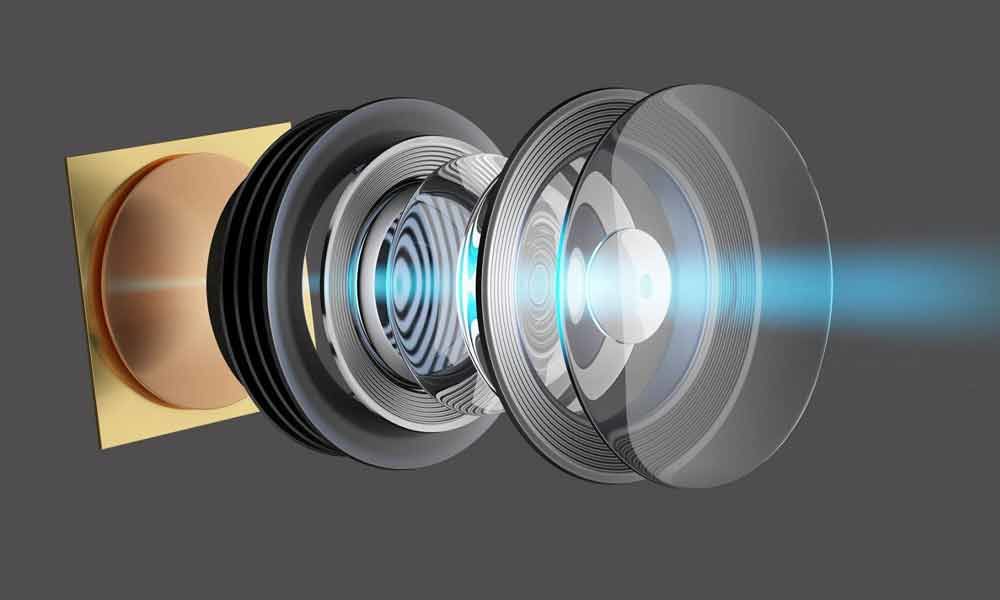WASHINGTON: US scientists have developed a highly compact and portable camera that can capture polarised light, help in study atmospheric chemistry and used to detect camouflaged objects.
Polarisation, the direction in which light vibrates, is invisible to the human eye (but visible to some species of shrimp and insects). But it provides a great deal of information about the objects with which it interacts.
Cameras that see polarised light are currently used to detect material stress, enhance contrast for object detection, and analyse surface quality for dents or scratches.
The miniature camera — about the size of a thumb — could find a place in the vision systems of autonomous vehicles, onboard planes or satellites to study atmospheric chemistry, or be used to detect camouflaged objects.
“Polarisation is a feature of light that is changed upon reflection off a surface,” said Paul Chevalier from Harvard John A. Paulson School of Engineering and Applied Sciences (SEAS) in the US.
“Based on that change, polarisation can help us in the 3D reconstruction of an object, to estimate its depth, texture and shape, and to distinguish man-made objects from natural ones, even if they’re the same shape and colour,” he said.
To unlock that powerful world of polarisation, the researchers harnessed the potential of metasurfaces, nanoscale structures that interact with light at wavelength size-scales.
“If we want to measure the light’s full polarization state, we need to take several pictures along different polarization directions,” said Noah Rubin, first author of the study.
“Previous devices either used moving parts or sent light along multiple paths to acquire the multiple images, resulting in bulky optics. But this approach does not measure the full polarisation state and requires a non-standard imaging sensor. In this work, we were able to take all of the optics needed and integrate them in a single, simple device with a metasurface,” he added.
According to the study, published in the journal Science, the device is about two centimeters in length and no more complicated than a camera on a smartphone. With an attached lens and protective case, the device is about the size of a small lunch box.
The researchers tested the camera to show defects in injection-molded plastic objects, took it outside to film the polarisation off car windshields and even took selfies to demonstrate how a polarisation camera can visualise the 3D contours of a face. (AGENCIES)
Home Social Trends Researchers develop camera to capture polarised light, study atmospheric chemistry


